Transnistria and Gagauzia
MOLDOVAN PREMIER AND TRANSNISTRIAN LEADER MEET ON THE BRIDGE
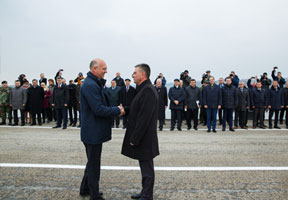
Moldovan Prime Minister Pavel Filip and Transnistria president Vadim Krasnoselsky met for the first time ever on November 18 at the ceremony of inauguration of the Gura Bicului/Bicioc Bridge across the Dniester River, ruined during the 1992 Transnistrian armed conflict. Initially, the Bridge opening for commercial usage was scheduled for November 20.
The agreement on opening the Briefing, which had been restored yet in 2000, was achieved in the meeting of the sides’ chief negotiators on November 3. Initially, they agreed to hold the inauguration ceremony on November 18 and to launch regular traffic on the bridge on November 20. But in the course of their meeting on the bridge last Saturday, the sides’ representatives decided to start the traffic right after the ceremony.
The ceremony was attended by high-ranked representatives of the parties taking part in the 5+2 format negotiations: Ambassador Peter Michalko, the Head of the European Union Delegation to the Republic of Moldova; Ambassador Michael Scanlan, the Head of the OSCE Mission to Moldova; the Ambassadors Extraordinary and Plenipotentiary to Moldova: of Russia – Farit Muhametshin, of Ukraine – Ivan Gnatishin, of the United States – James D. Pettit, as well as the sides’ Chief Negotiators – Moldova’s Deputy Prime Minister for Country Reintegration Gheorghe Balan and Transnistrian minister of foreign affairs Vitaly Ignatiev.
On the bridge, Filip and Krasnoselsky had a fairly long tete-a-tete conversation, looking on the Dniester waters below. After that they took part in the official ceremony and announced their decision to open traffic on the bridge right now.
“The bridge is being opened in the interests of the population and economic operators. Thank to it, the road to Odessa city will shorten. We hope this transport corridor will become fully functional and attractive. This is one of many positive results we are going to achieve in the Transnistrian conflict settlement process, a symbol of elimination of transport barriers, which should ensure an economic growth”, said Pavel Filip.
Vadim Krasnoselsky underlined the importance of opening the bridge both for the residents of nearby populated areas and for economic operators.
“The today’s event is a positive impulse for solving other questions as well. We shall be further open to dialog”, said the Transnistrian leader.
Like before the opening, the entry to the bridge from both ends will be controlled by international peacekeeper posts. Besides this, at entry from the Transnistrian side, Tiraspol has established the posts of border, customs and migration control. From the Moldovan side there are no posts because Chisinau does not recognize the administrative border with Transnistria as a state border.
“Me and Mr. Krasnoselsky, we just talked about how to simplify the passage regime to a maximum-possible extent. We also try to make steps that would promote convenience to citizens. Our duty is to think primarily of people. Checks create a certain discomfort. I hope our negotiators will achieve a solution for a simpler passage regime. We wish to have no checks at all so that people could move freely”, said Prime Minister Pavel Filip.
In his turn, Vadim Krasnoselsky explained that the control will be easy and quick.
“Show your passports and you may go, bon voyage. So, the regime simplicity will remain as before. The chief thing is that the bridge is working. It unites the two river sides, unites the logistics of economic relations. The bridge presents interest to economic operators and to the population”, said Vadim Krasnoselsky.
Infotag’s dossier: The bridge across the Dniester between the Moldovan village of Gura Bicului and the Transnistrian village of Bicioc was damaged during the 1992 Transnistrian armed conflict.
The bridge is an essential element of the M-14 highway, which is a part to the 9th Pan-European Transport Corridor. The member countries of the European Union and the Commonwealth of Independent States (CIS) are strongly interested to have the Corridor working efficiently.
In the early 2000s, the bridge was repaired with foreign partners’ assistance, but the automobile traffic on it has not been resumed until now – through Tiraspol’s fault: Tiraspol was conditioning the traffic opening with an official recognition of Transnistrian license plates by Chisinau and with obtaining international guarantees that Chisinau shall never use the bridge for military purposes, though the sides had agreed upon the latter condition yet in 1998.

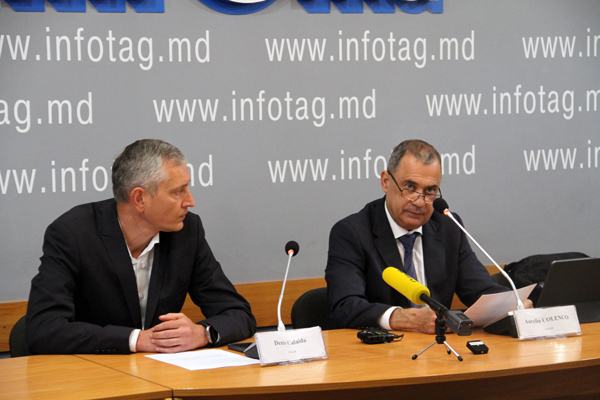
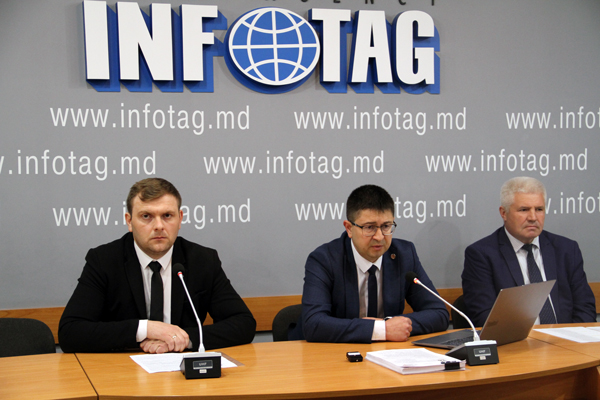
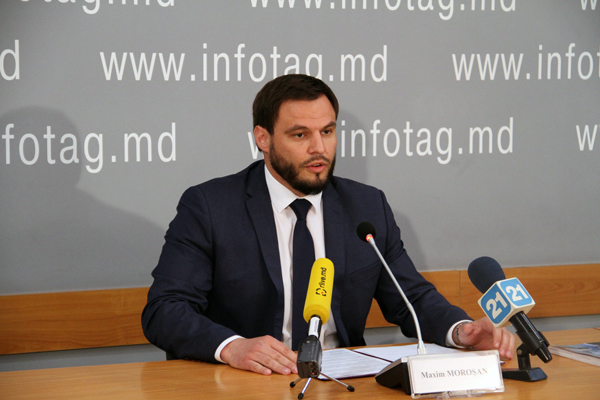
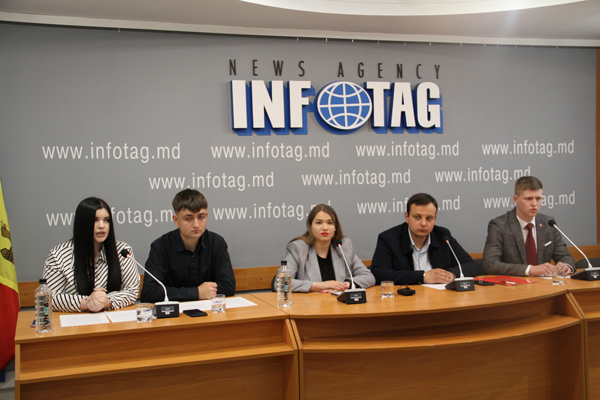
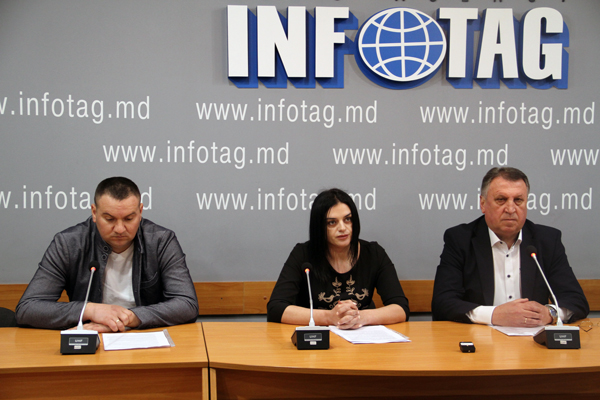
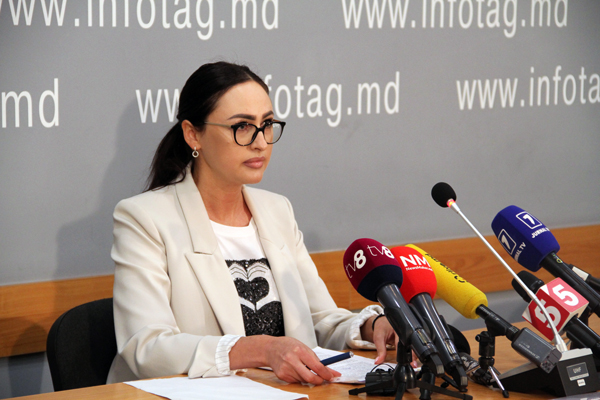
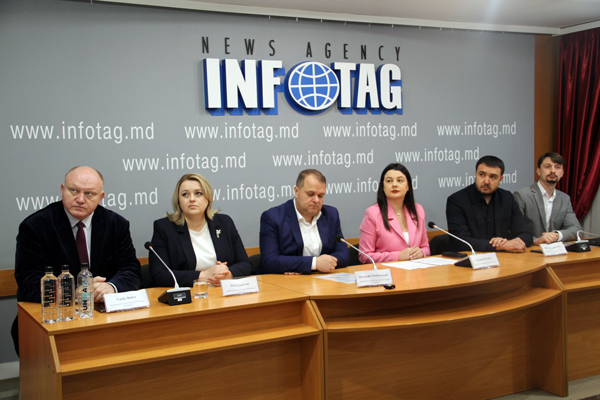
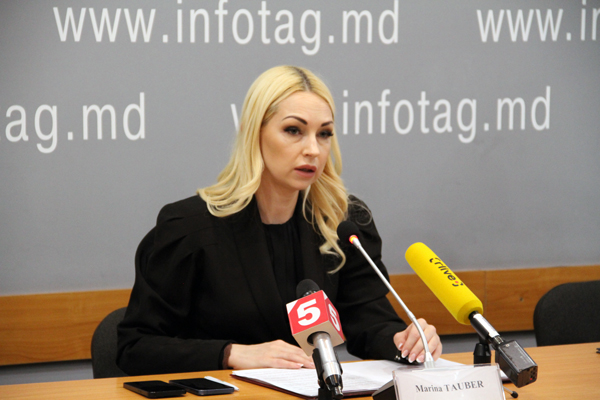
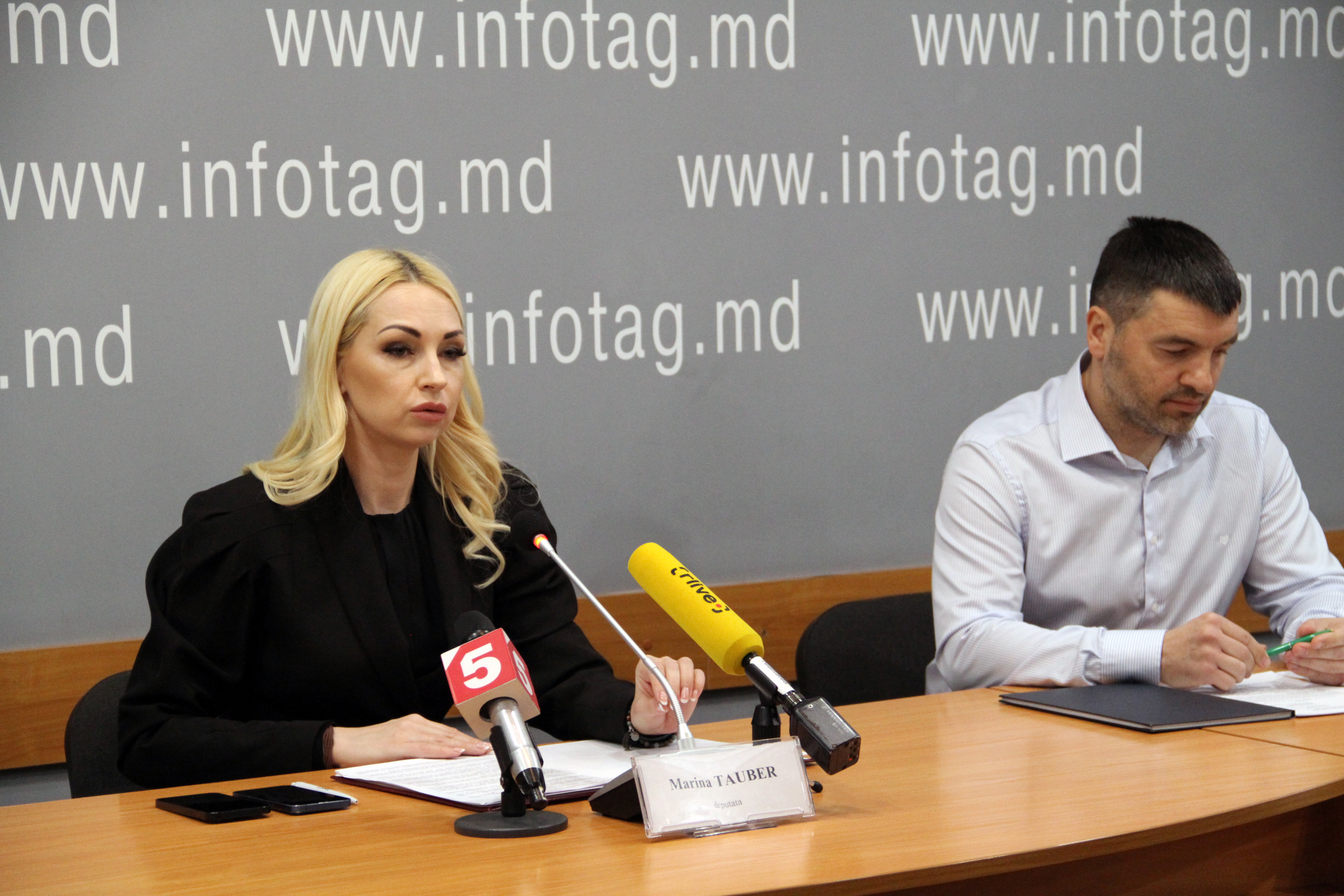
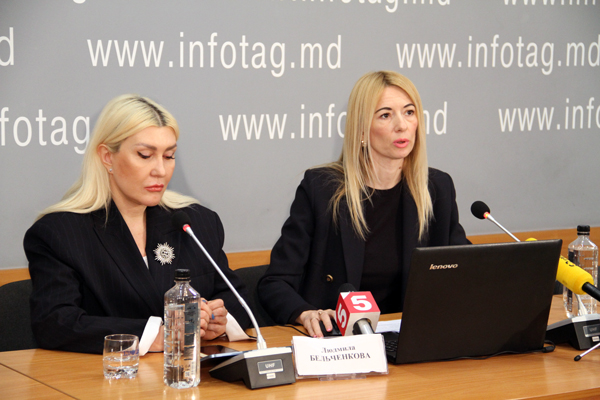
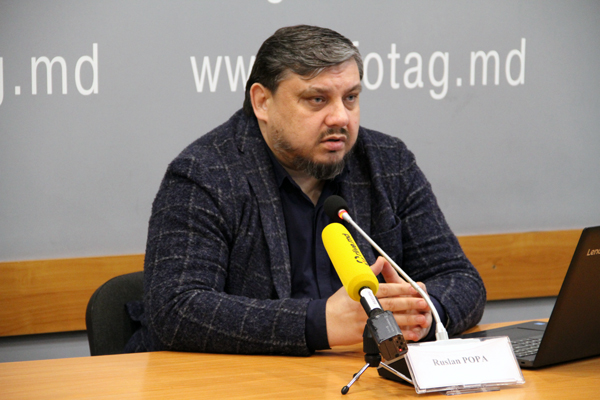
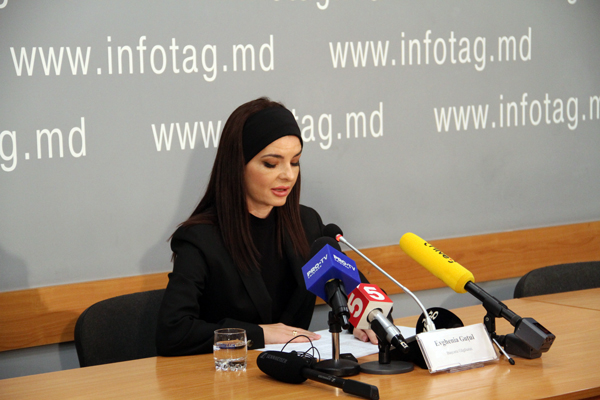
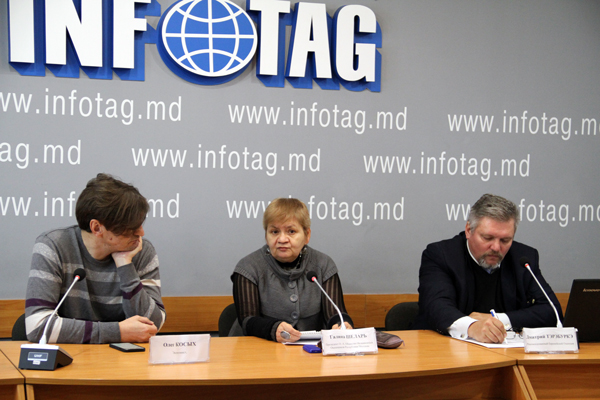
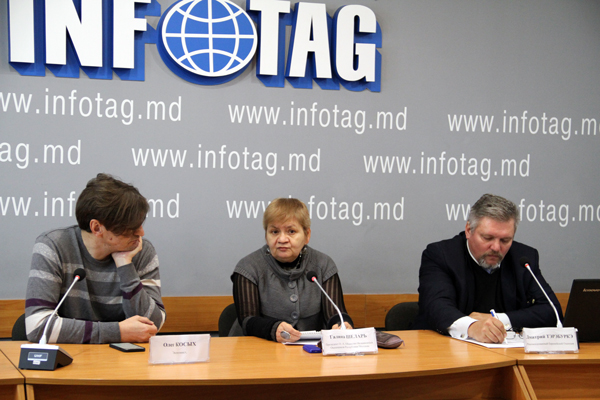
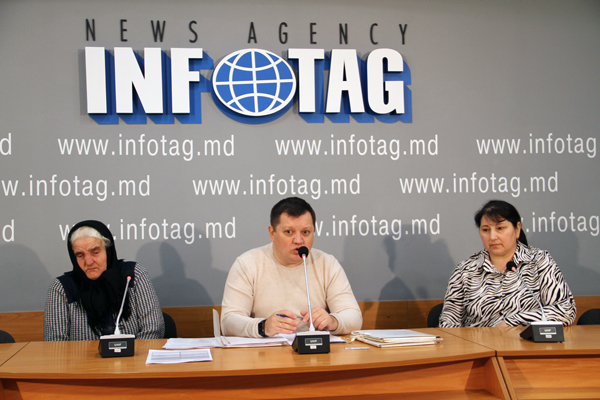
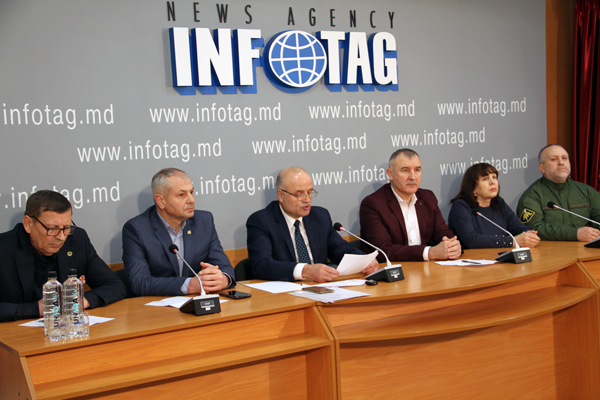
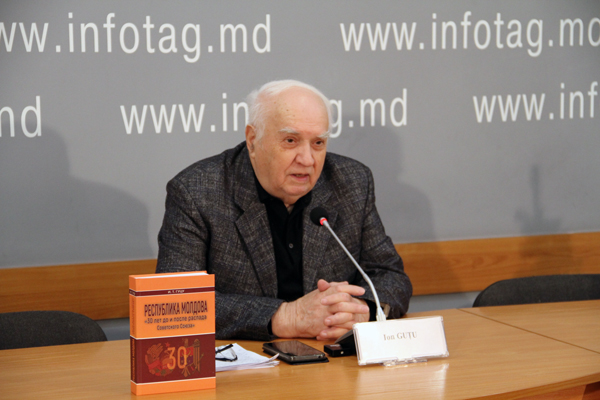
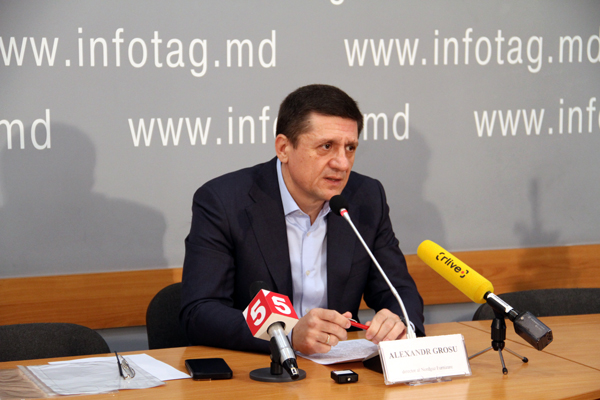
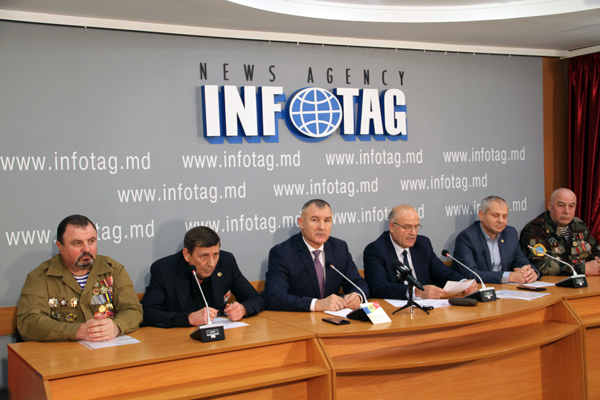
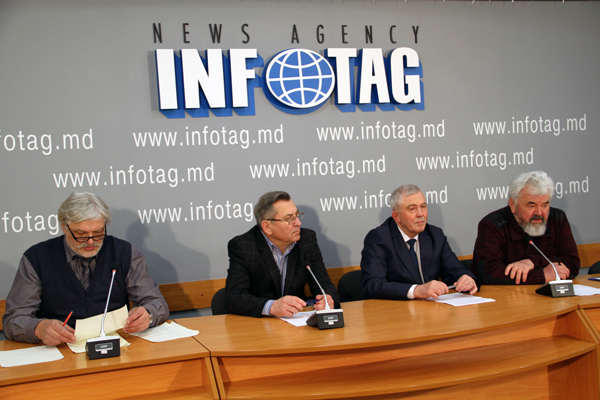



Add Comment